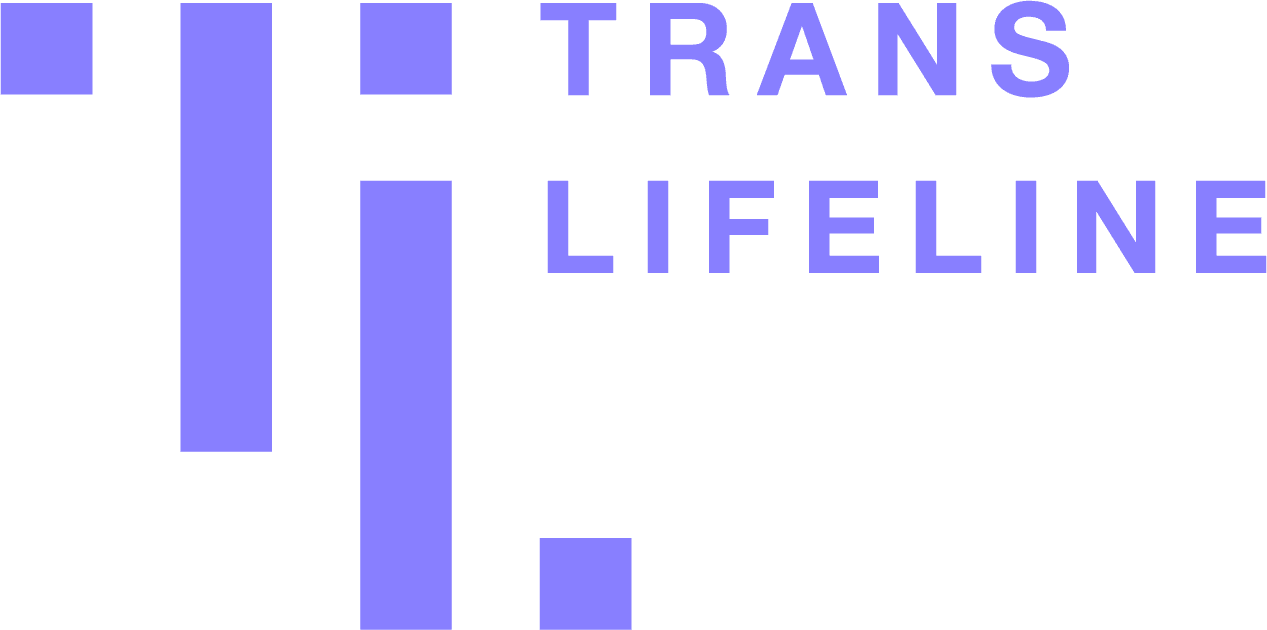A set of legal standards, social norms, institutions, and other contributing factors granting cisgender people superior civil protections, rights, and freedoms compared to their transgender counterparts. Cisgender privilege results from the belief that cisgender people are superior to transgender individuals, and resultingly, some transgender individuals consider cisgender privilege a form of transphobia. During the first few months of her transition, Tiana found herself feeling jealous of her cisgender co-workers who were able to use the women’s restroom without fear of being attacked—they acted as if they weren’t even aware of their cisgender privilege.

